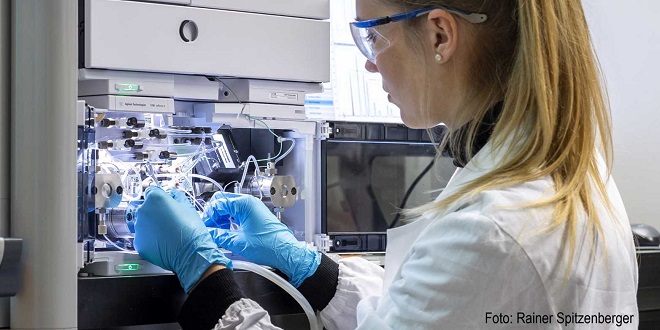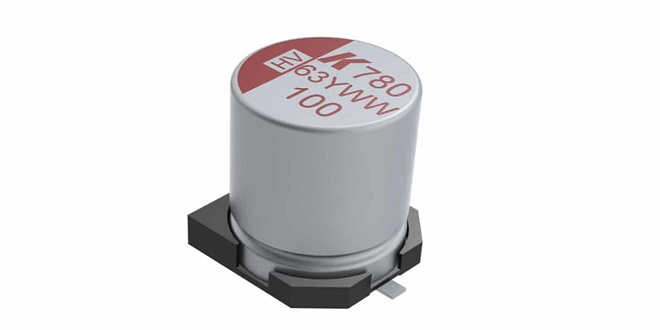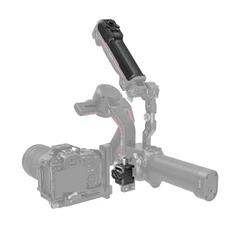Analytical Techniques in Food Biochemistry

PROTEIN ANALYSIS
Proteins are a large diverse group of nitrogenous organic compounds that are indispensable constituents in the structure and function of all living cells. They contribute to a wide variety of functions within each cell, ranging from structural materials such as chitin in exoskeletons, hair, and nails to mechanical functions such as actin and myosin in muscular tissue. Chemically, they influence pH as well as catalyze thousands of critical reactions, producing a variety of essential substances that are involved in functions such as cell-to-cell signaling, immune responses, cell adhesion, cell reproduction, etc.
LIPID ANALYSIS
Compared to most other food components, lipids are a group of relatively small, naturally occurring molecules containing carbon, hydrogen, and oxygen atoms, but with much less oxygen than carbohydrates. This large group of organic molecules includes fats, waxes, cholesterol, sterols, glycerides, phospholipids, etc. The most simplistic definition of a lipid is based on its solubility, that is, it is soluble in organic solvents (e.g., alcohol) but insoluble in water.
CARBOHYDRATE ANALYSIS
Carbohydrates comprise approximately 70% of the total caloric intake in many parts of the world, being the major source of energy for most of the world (Be Miller and Low 1998). In foods, these macromolecules have various important roles, including imparting important physical properties to foods such as sensory characteristics and viscosity.
VITAMIN ANALYSIS
Vitamins are low-molecular weight organic compounds obtained from external sources in the diet and are critical for normal physiological and metabolic functions (Russell 2000). Vitamins are divided into two groups based on liquid solubility, that is, those that are water soluble (B vitamins and vitamin C) and those that are fat soluble (vitamins A, D, E, and K). Since the vast majority of vitamins cannot be synthesized by humans, they must be obtained either from food sources or from manufactured dietary supplements.
PIGMENT ANALYSIS
The color of food is a very important sensory characteristic as it is often used as an indicator of both food quality and safety.
The majority of the naturally occurring pigments in foods are divided into five major classes, four of which are found in plant tissues while the fifth is found in animal tissues (Schwartz 1998). Of those found in plants, two are lipid soluble, that is, the chlorophylls (green) and the carotenoids (yellow, orange, and red), with the other two are water soluble, that is, anthocyanin’s (color usually depending upon pH, red in acidic conditions and blue in basic) and battalions (yellow or red in dole-derived). Carotenoids are found in both plant (e.g., carotenoids (carrots), lycopene (tomatoes)) and animal tissues (e.g., milk, egg yolk), but in animals they are derived from dietary sources, for example, the yellow color in milk/egg yolk is due to the consumption of green plants during pasture feeding with various grasses, clovers, etc.
ANTIOXIDANTS
An increasingly important group of nonnutritive food components are the antioxidants, a large group of biologically active chemicals in plant and animal tissues usually in relatively small concentrations (compared to their substrates; Hallowell and Guttering 1995). As the name implies, an antioxidant mitigates/prevents the oxidation of other molecules that are more easily oxidized, for example, vitamin E in oil prevents the auto-oxidation of lipids, and antioxidants are “strong” reducing agents. Antioxidants can accomplish this task via three possible mechanisms. The first is to prevent free-radical generating reactions (oxidation reactions) from occurring, the second involves inhibiting/scavenging for reactive species, and the third involves the chelation/sequestering of metals that can act as catalysts.
Last Word
Chemically speaking, an oxidation reaction involves the transfer of one or more electron(s) from one molecule to another (a redox reaction), thereby creating a charged molecule/molecular fragment called a free radical (essentially, an ion with positive or negative charge), which can further promote subsequent reactions, leading to the generation of more free radicals. By their very nature, free radicals are very reactive as they have an unpaired electron in their outer shell configuration and, in an attempt to reach stability, they donate/receive electrons to/from other molecules such as lipids, proteins, and genetic material (DNA).





